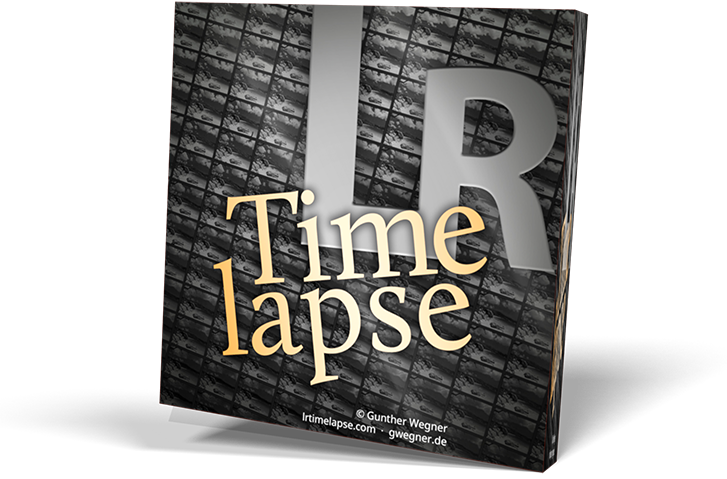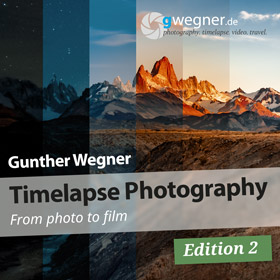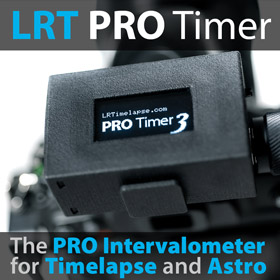
Posts: 15
Threads: 8
Joined: Dec 2016
Posts: 15
Threads: 8
Joined: Dec 2016
This may have been discussed before but since I can't find the thread .....
I want to try the holy grail with qdslrdashboard and conclude with the milky way exposure (around f 2-2.8, 20 sec., ISO 3200). Around sunset (sun slightly above the horizon) the shutter speed will likely be around, f2, 1/500, ISO 100). With nice cloud movement around sunset this shutter is too fast. As mentioned in the tutorial, ramping the aperture from starting closed down to get a longer shutter can cause some problems (depth of field and vignetting). Removing neutral density filters as the evening progresses doesn't seem like an appropriate solution. So is there a "solution" to start with longer shutter speeds during daylight? If not, what is the suggested course to take (or is there something I'm missing)?
Thank you in advance.
I want to try the holy grail with qdslrdashboard and conclude with the milky way exposure (around f 2-2.8, 20 sec., ISO 3200). Around sunset (sun slightly above the horizon) the shutter speed will likely be around, f2, 1/500, ISO 100). With nice cloud movement around sunset this shutter is too fast. As mentioned in the tutorial, ramping the aperture from starting closed down to get a longer shutter can cause some problems (depth of field and vignetting). Removing neutral density filters as the evening progresses doesn't seem like an appropriate solution. So is there a "solution" to start with longer shutter speeds during daylight? If not, what is the suggested course to take (or is there something I'm missing)?
Thank you in advance.




